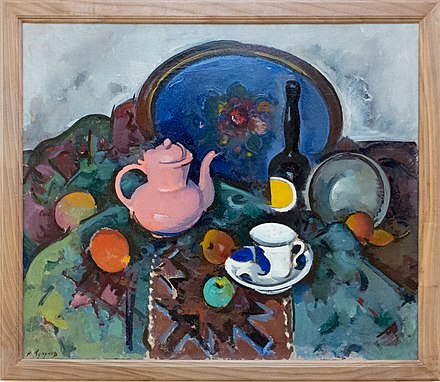
1880 - 1960
Alexander Kuprin
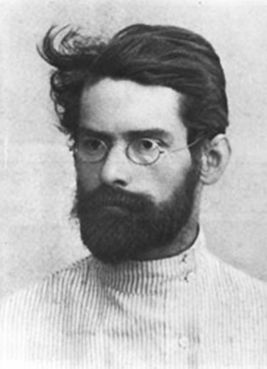
description
Alexander Kuprin was a Russian, and then Soviet painter and teacher. A master of the still life and cityscape. One of the founding members of the exhibition and creative association named “Jack of Diamonds”.
Alexander was born into the family of a teacher of a local school. From childhood, he was fond of music (he wrote a few fugues) and drawing. As a result of a long apprenticeship, he learned the Petersburg and Moscow traditional schools of drawing and painting, and also got in some good creative practice directly in France.
For almost half a century, Kuprin was engaged in active teaching. He was a corresponding member of the Academy of Arts of the USSR (from 1954), and received the title of Honored Artist of Russia (in 1956). Many of his students became outstanding painters.
Key ideas:
– As a student at the Moscow School of Painting, Sculpture and Architecture, Alexander Kuprin was impressed by the new French painting and enthusiastically began to search for the clean and open sound of color. Almost his first experience was a picture, on which he painted a model in pure yellow. The expressiveness of the color appealed to the young artist so much that it remained his fiery passion forever.
– Another key idea perceived by Kuprin is the brevity of shape and color combinations, which was later replaced by Cubist hobbies. Alexander sought to combine color solutions and, finding their internal structure in the visual shapes of objects, to open an internal pattern. This is how numerous still lifes were created. The main goal in them was twofold: to find expressive color solutions and to clearly construct generalized geometric forms.
– Rigid volumes dominated in the works, with the actual shape and size of objects, as well as their natural color, not coinciding. The artist made still lifes of hand-made models of flowers and fruits, subordinating the composition to his own logic.
– The desire to create an in-depth artistic conception led Kuprin to an individual style in even the most traditional of themes. He fills still lifes with culturally significant objects: tubes, sculptures. Sometimes he uses a horse’s skull and other exotic objects.
– On the other hand, the artist depicts nature that is tangible, lively, changeable and full of movement – it appears, for example, in Crimean landscapes. Here, color tone is closely approximated in still lifes and plot pictures, and a decorative saturation remains. Kuprin did not betray these rules, as well as the culture of integral vision, even in a series of industrial types: oilfields, factories, metallurgical plants.
1880
1889
1893
1902 - 1904
1904 - 1906
1906 - 1910
1910
1913 - 1914
1918
1954 - 1956
1957
1960
The birth of the artist
At the Borisoglebsk gymnasium, he met his first drawing teacher
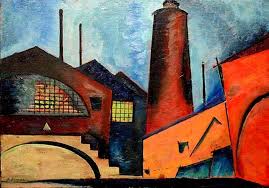
The Kuprin family moved to the provincial city of Voronezh
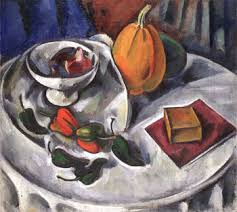
He studied at the private Petersburg workshop

Moved to Moscow

He continued his studies

"Jack of Diamonds"
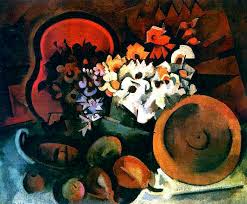
France

He began teaching at the Higher Art Workshops

Became a corresponding member of the Academy of Arts of the USSR

The solo exhibition of Kuprin

The death

Alexander Kuprin
On Artist
flow
Impressionism
Post-Impressionism
friends
Mikhail Larionov
Petr Konchalovsky
Robert Falk
artists
Oscar-Claude Monet
Paul Cezanne
Vincent van Gogh
Henri Matisse
Pablo Picasso
Georges Braque
Lev Dmitriev-Caucasian
Konstantin Yuon
Konstantin Korovin
Abram Arkhipov
Leonid Pasternak
Andre Derain
By Artist
flow
Suprematism
friends
Mikhail Larionov
Petr Konchalovsky
George Motovilov
artists
Kazimir Malevich
Wassily Kandinsky
